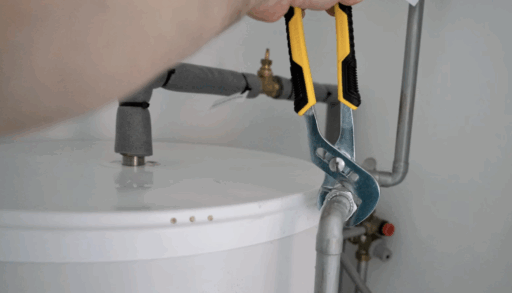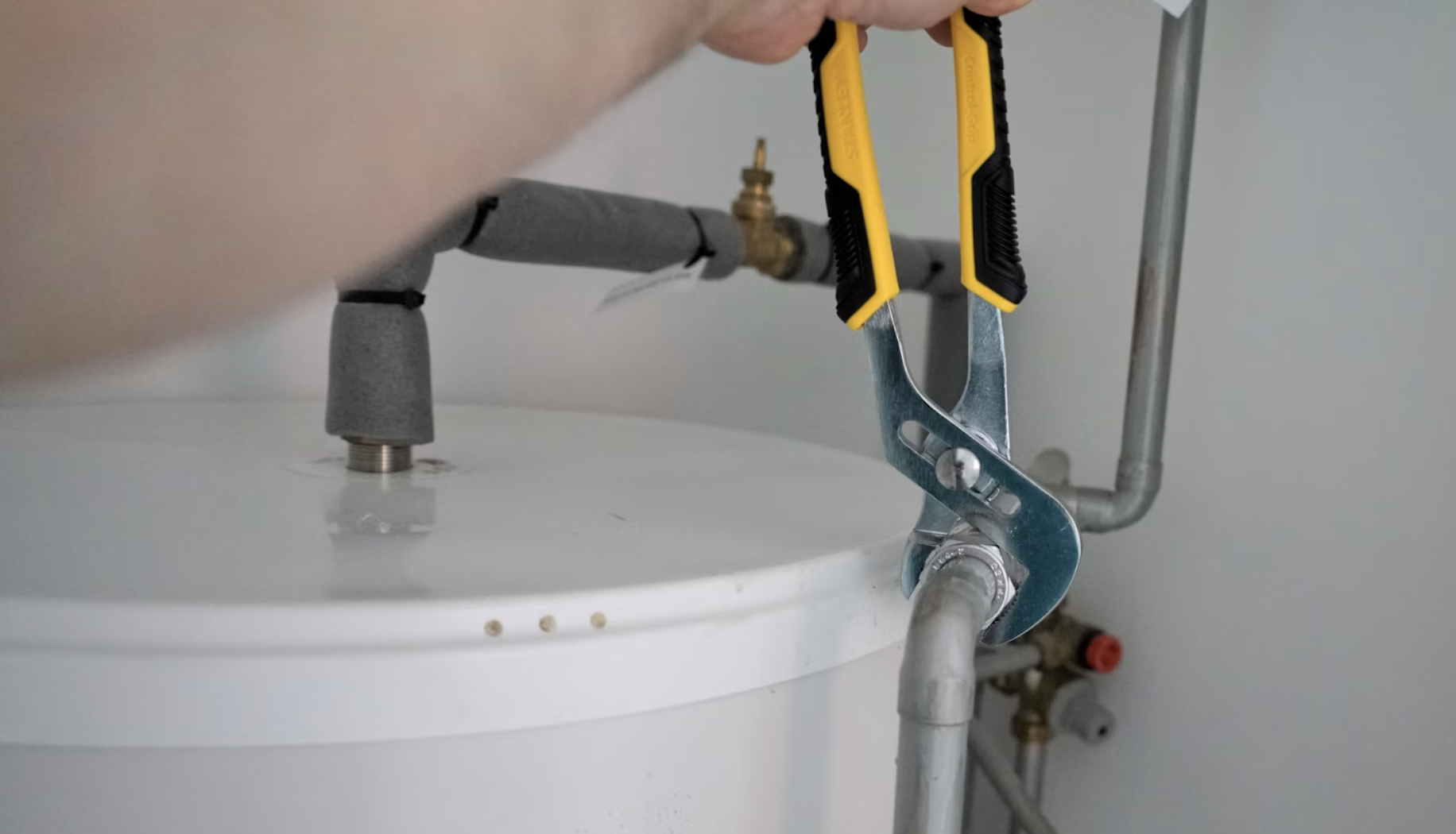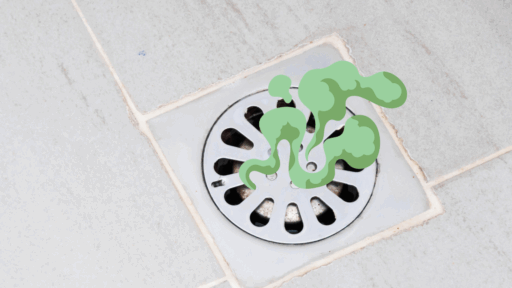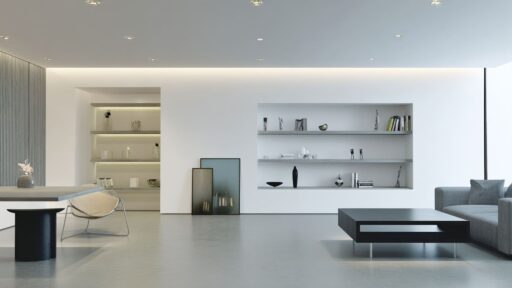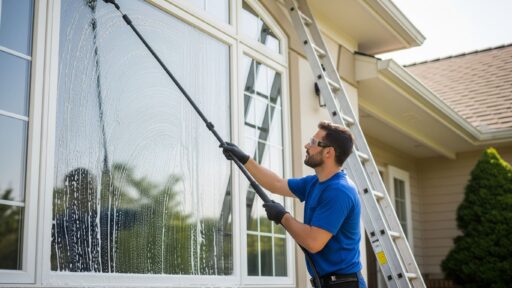In today’s home design landscape, bathrooms are no longer purely utilitarian spaces. They have evolved into wellness retreats and style statements. With high-end fixtures, energy-efficient systems, and luxurious layouts becoming the norm, the infrastructure behind the scenes plays a critical role in delivering both performance and aesthetics. That’s why modern homeowners place increasing importance on quality plumbing for bathrooms when remodeling or building new spaces.
From eco-conscious water-saving installations to advanced pressure-balancing valves that enhance user comfort, the foundation of a well-functioning bathroom begins with a thoughtful plumbing strategy. Plumbing is often one of the least visible components in a home, yet its effectiveness can make or break the entire bathroom experience. According to the U.S. Environmental Protection Agency, households can save up to 20% annually on water bills by upgrading to WaterSense-labeled plumbing fixtures, which underscores the connection between efficiency, sustainability, and smart design.
The Role of Plumbing in Bathroom Design
Designing a modern bathroom requires more than picking stylish tiles and a sleek vanity. Proper plumbing determines where fixtures can be placed, how water flows, and how efficiently the system performs over time. Experienced plumbers work in tandem with interior designers and builders to ensure that behind-the-wall installations align with the layout, meet local codes, and support future maintenance needs.
When choosing fixtures such as rainfall showers, freestanding tubs, or wall-mounted sinks, the placement and accessibility of pipes must be considered. For instance, water pressure needs to be managed effectively in multi-level homes to ensure a consistent and satisfying flow rate in every bathroom.
Common Bathroom Plumbing Upgrades
Homeowners investing in bathroom renovations often start by addressing outdated plumbing components. Galvanized steel pipes, common in older homes, are prone to corrosion and leaks. Replacing them with copper or PEX piping increases durability and improves water quality. Additionally, installing pressure-reducing valves and backflow preventers helps protect the home from potential water damage.
Another key focus is drainage. Slow-draining sinks and showers are often the result of poor venting or improperly sized drain pipes. A professional plumber can assess and correct these issues, creating a more responsive and hygienic environment.
Efficiency Meets Innovation
Smart plumbing is no longer a futuristic concept. From leak detection sensors to touchless faucets and thermostatic shower systems, innovation is transforming how homeowners interact with their bathrooms. These systems not only improve convenience but also save water and reduce utility bills.
Digital shower controls, for example, allow users to preset temperature and flow preferences, ensuring comfort and avoiding water waste. Motion-sensing faucets help minimize germs and reduce usage in shared bathrooms. Smart toilets now offer features like self-cleaning bowls, integrated bidets, and night lighting.
Integrating such technology requires precise plumbing planning, often involving modifications to existing systems. Working with a skilled plumbing contractor ensures these upgrades are compatible with current infrastructure and deliver the expected performance.
Eco-Friendly Considerations
Sustainability is increasingly important in home improvement, and bathroom plumbing offers numerous opportunities to reduce environmental impact. Low-flow toilets, aerated faucets, and tankless water heaters are just a few upgrades that support green living without compromising comfort.
Greywater recycling systems, which reuse water from sinks and showers for toilet flushing or irrigation, are gaining popularity in eco-conscious households. Installing these systems demands a specialized understanding of plumbing layout, codes, and materials.
Moreover, water quality monitoring and filtration systems can help ensure clean water for bathing and hygiene while also extending the life of appliances and pipes.
Planning a Bathroom Remodel with Plumbing in Mind
Many homeowners make the mistake of focusing solely on aesthetics when planning a bathroom remodel, only to face unexpected setbacks when plumbing limitations arise. Early consultation with a licensed plumber prevents design clashes and costly corrections. Together, the designer and plumber can propose solutions that preserve the desired look while accommodating technical constraints.
It’s also important to consider future-proofing the space. For instance, aging-in-place designs may require reinforced walls for grab bars, higher toilet seats, and easily accessible shut-off valves. Plumbing decisions made today should support not only current preferences but also future needs.
The Cost of Cutting Corners
Attempting to cut costs on plumbing during a bathroom project often leads to more expensive repairs down the line. Poor pipe placement can cause leaks, improper venting can lead to unpleasant odors, and unlicensed work may violate local building codes. These issues not only impact comfort but may also decrease the value of the home.
Quality workmanship, the right materials, and adherence to code are essential to long-term satisfaction. Choosing a plumbing professional who understands both functionality and design is key to achieving a result that’s both beautiful and reliable.
Final Thoughts
Bathrooms today are a blend of luxury, utility, and sustainability. Achieving the perfect balance begins with professional-grade plumbing tailored to support the vision for the space. Whether you’re upgrading a master bath or designing a spa-inspired guest bathroom, thoughtful attention to the plumbing behind the walls is what transforms a good design into a great experience.

